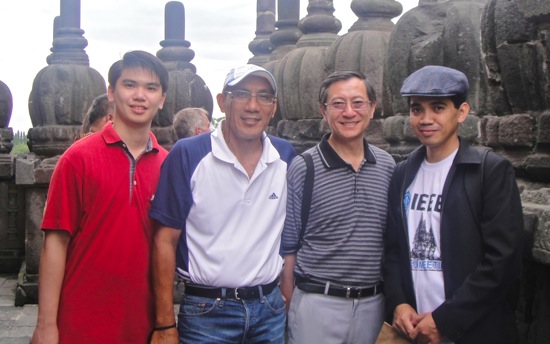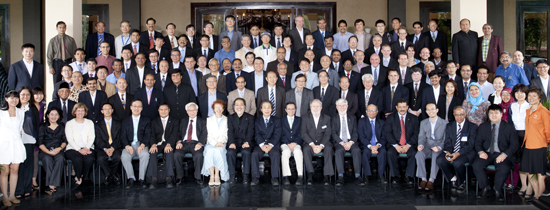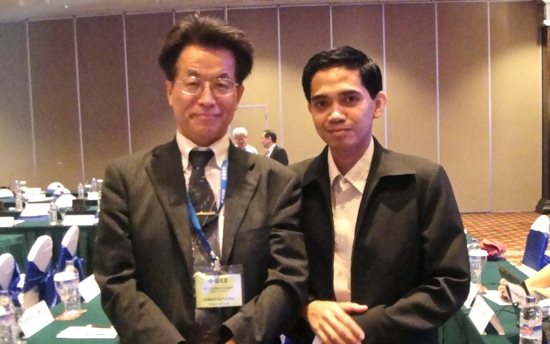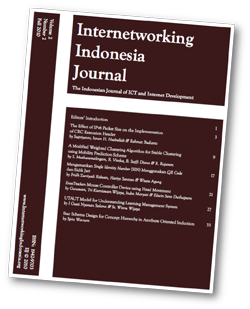TENCON is an annual international technical conference of IEEE, Region 10 (Asia Pacific), which comprising of 56 Sections, 5 Councils, 8 Sub-sections, 334 Chapters and 491 Student Branches. Held annually since 1980, TENCON provides an important forum for researchers and engineers from the industries, and professors as well as graduate students from the academia to network and to discuss new ideas and developments in the converging technology of electrical and electronics engineering, computer science and related topics.

The prospective authors are invited to submit their papers in standard IEEE proceedings format as instructed in the on-line Paper Submission column. TENCON 2011 topics include but are not limited to:
- Computational Intelligence, Evolutionary Computing, Fuzzy Logic
- Computing Architectures and Systems, Parallel Processor Architectures ,
- Software and Database Systems Mobile and Embedded System Software
- Signal Processing, Bio imaging Processing, Image and Video Coding,
- Telecommunications, Wireless Communications, Traffic Control, Network Security
- Circuits and Systems, Systems on Chip, Optoelectronic Circuits
- Microelectronics and MEMS, Nanotechnology
- Power and Energy, Power Electronics, Renewable Energy Sources and Technology
- Robotics Controls and Autonomous Navigation, Perception, action and cognition
- Controls and Systems, Distributed and Networked Control, system architecture
- Microwave Theory Technique, Antena and Propagation
- Special track: Women in Engineering /WIE
- Special track: Engineering Education, Learning and Teaching Method
Paper Submission : A final manuscript of not more than 5 pages including abstracts, figures, tables and references with letter sized page, single spaced, Times Roman of font size 10, two columns format. Paper must be submitted electronically in PDF form and accepted papers should be submitted using the IEEE Xplore-compatible PDF via the website. All papers will be peer reviewed. At least one author of each aqccepted paper must register for the conference for the paper tobe included in the program. for
paper submission please visit the website :
IMPORTANT DATES
- Online Submission Opens 01 March 2011
- Notification of Tutorial Proposals and Special Session Proposals 01 April 2011
- Paper Submission Deadline 01 May 2011
- Notification of Paper Acceptance 12 July 2011
- Camera Ready Paper Submission 16 August 2011
- Early Bird & Authors Registration Deadline 01 September 2011
CONFERENCE DATE: 21-24 November 2011
CONFERENCE VENUE: BALI, Indonesia
Organizer: IEEE Indonesia Section
Sponsor: IEEE Region 10
Co-Sponsor: University of Indonesia, Women In Engineering Affinity Group
Bali is a well-known paradise for tourists. Its climate is warm and humid, around 27-32ºC. It offers a beautiful white sand beaches and safe to explore seaside. It is renowned for its highly developed arts, including dance, sculpture, painting, leather, silver metal-working and traditional Balinese music.






